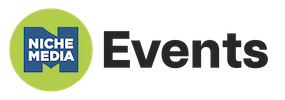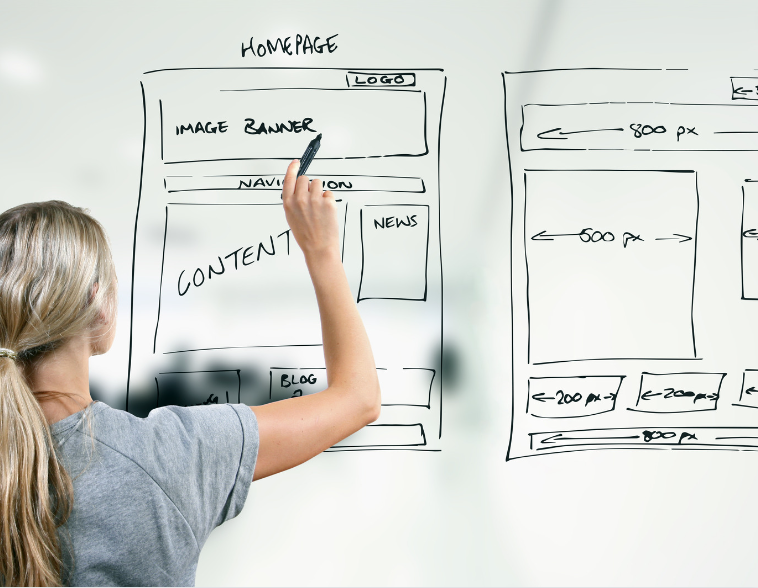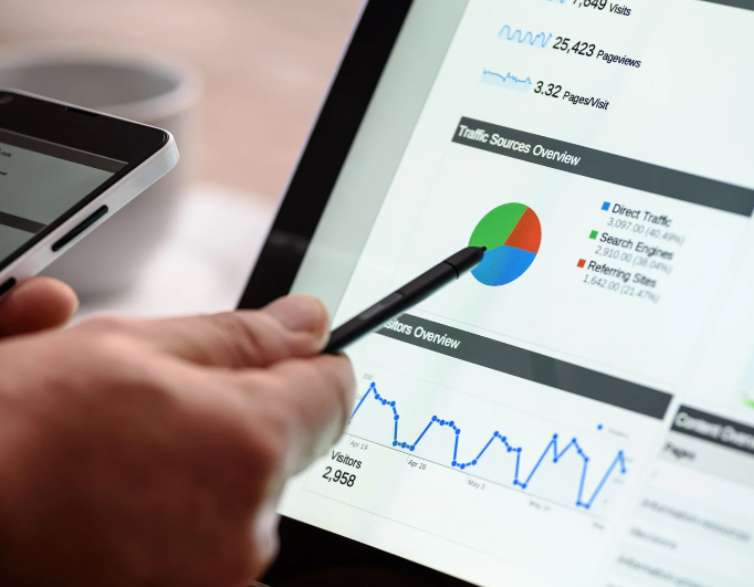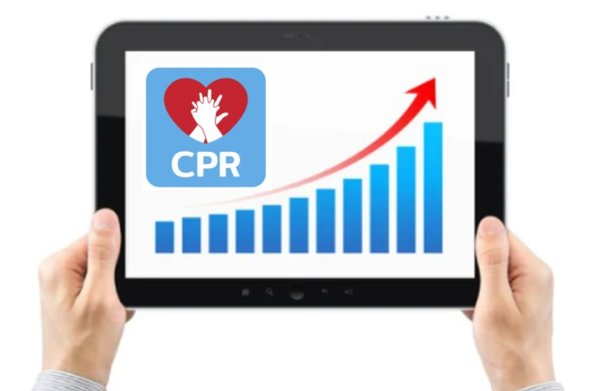Native advertising has become wildly popular – but mostly for social media giants such as Facebook. eMarketer forecasts that spending on native digital display ads will grow 36% in 2017 to surpass $22 billion – with social platforms accounting for about 84% of that spending.
For niche publishers, establishing profitable and sustainable native ad programs has never been more challenging. But native advertising represents a prime opportunity for niche publishers to diversify their revenue as marketers seek better alternatives to banner ads.
If you’re having trouble coming up with the right native ad program, consider a three-tiered structure that offers different production capabilities and price points.
1) Bronze. At this basic level, the publisher serves primarily as a distribution channel for advertiser-supplied content. The advertiser benefits by having their content integrated within the editorial flow of your website.
In addition to hosting the content, you can offer add-on services that help the content get noticed. These services include creation of A/B headlines for search engine optimization, or social copy to help the advertiser promote the copy via social media.
Guard against: Content that overtly promotes the advertiser’s products or services. The best native advertising is not really advertising – it’s information that educates or entertains your readers. It’s important, therefore, to review all content to make sure it is relevant to your audience and meets your editorial standards. Low-quality content reflects badly on both brands.
2) Silver. When an advertiser wants to be associated with editorial content but doesn’t have the resources or expertise to write their own blog posts or articles, you can outsource the writing. The publisher provides full content creation, hosting, and promotion.
The articles or posts appear under the writer’s byline, and remain independent – i.e., not tied specifically to the advertiser’s messaging. The advertiser benefits by sponsoring credible content that builds awareness and trust among the audience they are targeting through your publication. An added benefit to the advertiser: If the writer is well-known in your market and has a strong social media following, they will draw more attention to the article.
Guard against: Misaligned expectations. This middle-tier offering is, in effect, sponsored editorial content, so the advertiser needs to be somewhat hands-off. In other words, they don’t get to review the content before it is published. You can often find middle ground by allowing the advertiser to review the topic or abstract before the post is assigned or written.
3) Gold. This premium-level offering involves true custom content, written by the publisher to reflect the point of view of the advertiser. Articles or posts are ghostwritten and appear under the advertiser’s byline, often one of the company’s executives. The ghostwriter, supplied by the publisher, works closely with the advertiser to understand their perspective and reflect their “voice”.
Guard against: Endless review cycles. Ghostwritten articles can get torpedoed when the “author” doesn’t agree with the tone or core messaging. It’s important to work with the advertiser to get their key stakeholders involved up front during content development, not just during the review stage. A native ad that is never published benefits no one.
*******
 More about Rob: Rob O’Regan is director of content marketing strategy with global tech publisher IDG. You can read more of his musings here or follow him on Twitter (@roboregan). Rob will appear as a panelist at the upcoming Niche Digital Summit in Chicago (Sept 25-27).
More about Rob: Rob O’Regan is director of content marketing strategy with global tech publisher IDG. You can read more of his musings here or follow him on Twitter (@roboregan). Rob will appear as a panelist at the upcoming Niche Digital Summit in Chicago (Sept 25-27).
********
Niche Media has the best events, education, and training in media! Our super niched-out events & content give target-audience publishers in the B2C, hobbyist, B2B, city & regional, and association markets the tools they need to build revenue, audience, and more.
********




